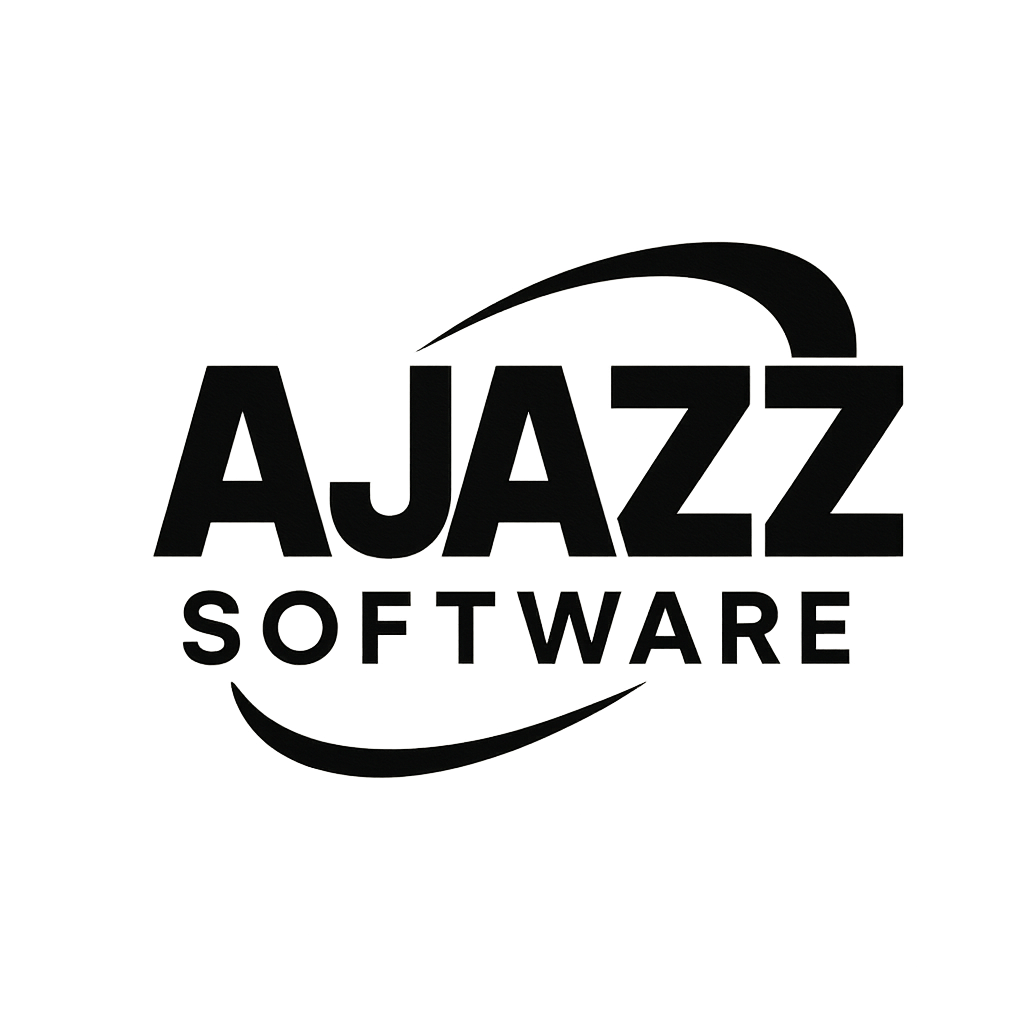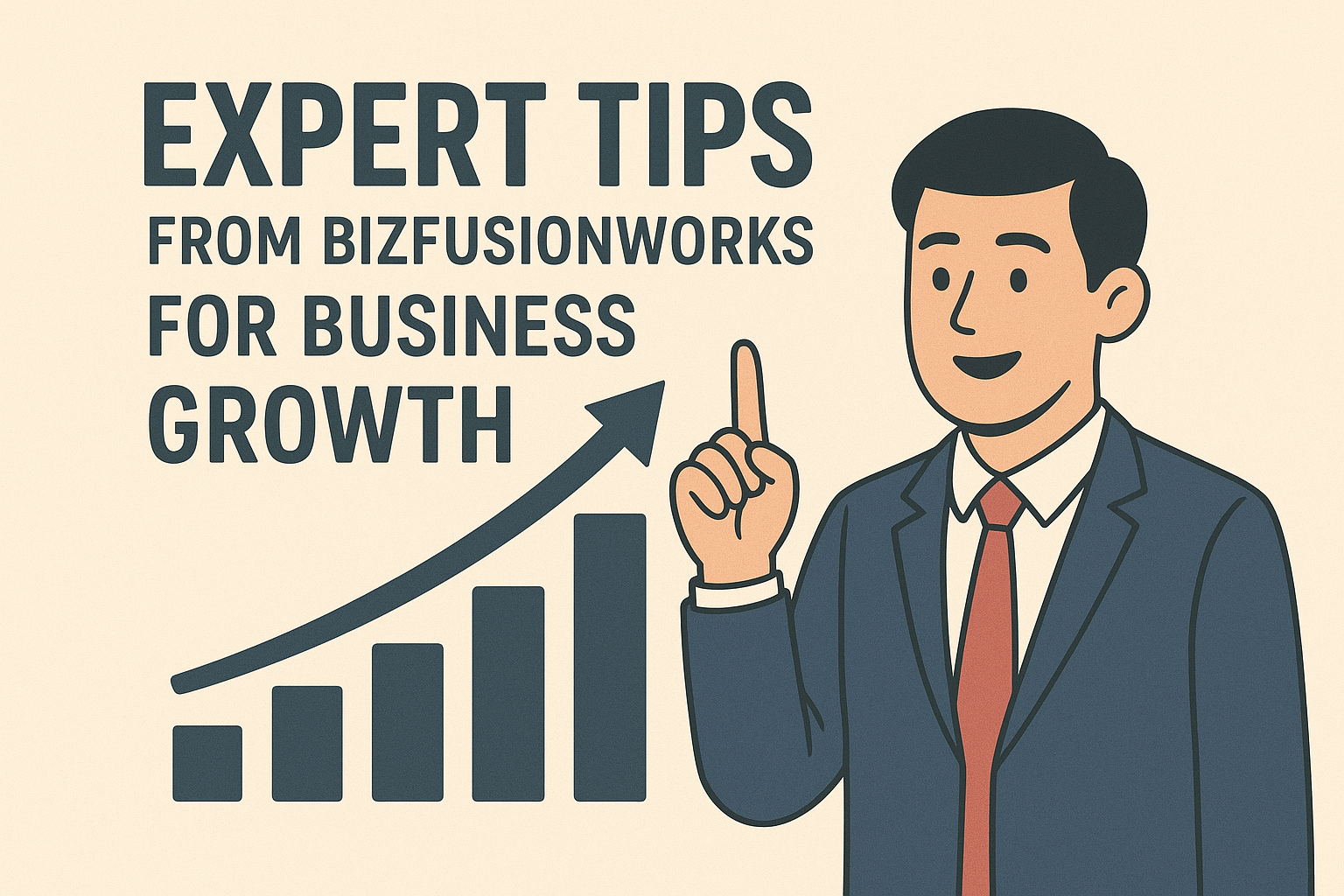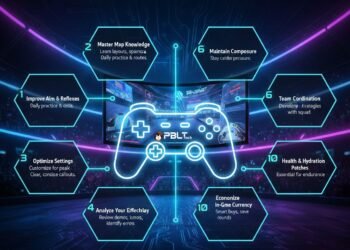In the realm of enterprise software procurement, the sticker price of a license is merely the tip of the iceberg. For decision-makers evaluating a specialized agreement, such as a 2.2 software license, understanding the full financial picture is not just prudent—it’s essential for strategic budgeting and maximizing return on investment. A 2.2 software license often denotes a specific tier or set of terms within a vendor’s licensing model, typically encompassing enterprise-level features, support, and usage rights. Failing to look beyond the initial purchase can lead to significant budget overruns and unforeseen resource drains.
This guide will walk you through the comprehensive process of calculating the Total Cost of Ownership (TCO) for a software investment, specifically focusing on the considerations for a 2.2 software license agreement.
What is Total Cost of Ownership (TCO)?
Total Cost of Ownership is a holistic financial estimate designed to uncover all direct and indirect costs associated with purchasing, deploying, using, and retiring an asset over its entire useful life. For software, this means looking years into the future to understand the true financial commitment you are making.
The TCO Framework: Breaking Down the Costs
Calculating TCO for a 2.2 software license requires a methodical approach, categorizing every potential expense. Here is the framework you should use.
- Direct Costs (The Most Visible Expenses)
These are the tangible, upfront costs that are easiest to identify.
- Software License Fees:This is the initial purchase cost of the software licenses themselves. For a subscription-based (SaaS) 2 software license, this is an annual or monthly fee. For perpetual licenses, this is a one-time upfront fee.
- Implementation & Deployment Costs:These are the costs to get the software up and running. This can include:
- Professional Services:Fees paid to the vendor or a third-party consultant for installation, configuration, and system integration.
- Customization:Costs for tailoring the software to meet your specific business processes.
- Data Migration:Expenses related to extracting, cleaning, and importing data from legacy systems.
- Hardware & Infrastructure Costs:If the software is on-premises, this includes the servers, storage, and networking equipment needed to host it. Even cloud software may require upgraded client hardware or enhanced internet bandwidth.
- Maintenance & Support Fees:For perpetual licenses, this is typically an annual fee (often 15-20% of the license cost) for updates, patches, and technical support. For SaaS, this is usually bundled into the subscription.
- Indirect Costs (The Hidden Expenses)
These are often overlooked but can easily surpass direct costs over time. They are related to the internal labor and productivity impacts on your organization.
- Internal Staff Costs:The value of the time your own IT team spends on:
- Installation, configuration, and integration.
- Ongoing system administration and management.
- Troubleshooting and handling support tickets.
- Training Costs:The cost of training users and administrators on the new system. This includes:
- Training Materials & Courses:Fees for official vendor training.
- Productivity Loss:The time employees spend in training instead of doing their regular jobs.
- Development of Internal Training:Creating your own documentation and training programs.
- Operational & Productivity Costs:The initial dip in productivity as users climb the learning curve and adapt to new workflows. Conversely, also factor in the long-term productivity gains as a benefit that offsets TCO.
- Future-State Costs (Planning for Growth and Change)
A robust TCO model looks beyond the present.
- Renewal & Escalation Costs:Anticipate the cost of license renewals. Most contracts have annual price escalations of 3-10%. Factor this into your multi-year forecast.
- Cost of Scaling:What are the costs to add more users, modules, or storage capacity? Understand the pricing model for growth.
- Compliance & Security Costs:Expenses related to ensuring the software meets industry compliance standards (e.g., GDPR, HIPAA) and integrating it with your security infrastructure.
- Decommissioning Costs:The cost of retiring the software, including data extraction, archiving, and switching to a new system.
A Practical 5-Step Guide to Calculating TCO for a 2.2 Software License
Step 1: Define the Scope and Timeframe
Determine the useful life of the software. For a modern enterprise system, a 3-to-5-year timeframe is standard. This becomes the period over which you will calculate all costs.
Step 2: Gather Cost Data
Using the framework above, work with vendors, your IT team, and finance department to gather estimates for every line item. Be brutally honest about internal resource requirements. Don’t underestimate the time needed for training and administration.
Step 3: Build a TCO Model
Create a spreadsheet model projecting costs over your chosen timeframe. Separate costs into Year 0 (initial purchase and implementation) and recurring annual costs (subscriptions, maintenance, internal admin).
Step 4: Analyze and Compare
The final TCO figure provides a true basis for comparison between different software vendors and deployment models (e.g., SaaS vs. on-premise). A solution with a lower initial price may have a much higher TCO due to heavy implementation and maintenance demands.
Step 5: Present and Socialize
Share the TCO analysis with all stakeholders. This transparent view moves the conversation from “what does it cost to buy?” to “what does it cost to own?”, facilitating a more informed and strategic decision.
Conclusion: TCO as a Strategic Imperative
Evaluating a 2.2 software license—or any enterprise software—based solely on its purchase price is a dangerous shortcut. A thorough Total Cost of Ownership analysis illuminates the hidden depths of the investment, empowering your organization to budget accurately, negotiate better contract terms, and ultimately choose the solution that delivers the greatest value over its entire lifespan. By embracing TCO, you shift from being a reactive purchaser to a strategic asset manager, ensuring that every technology investment genuinely supports long-term business goals.







